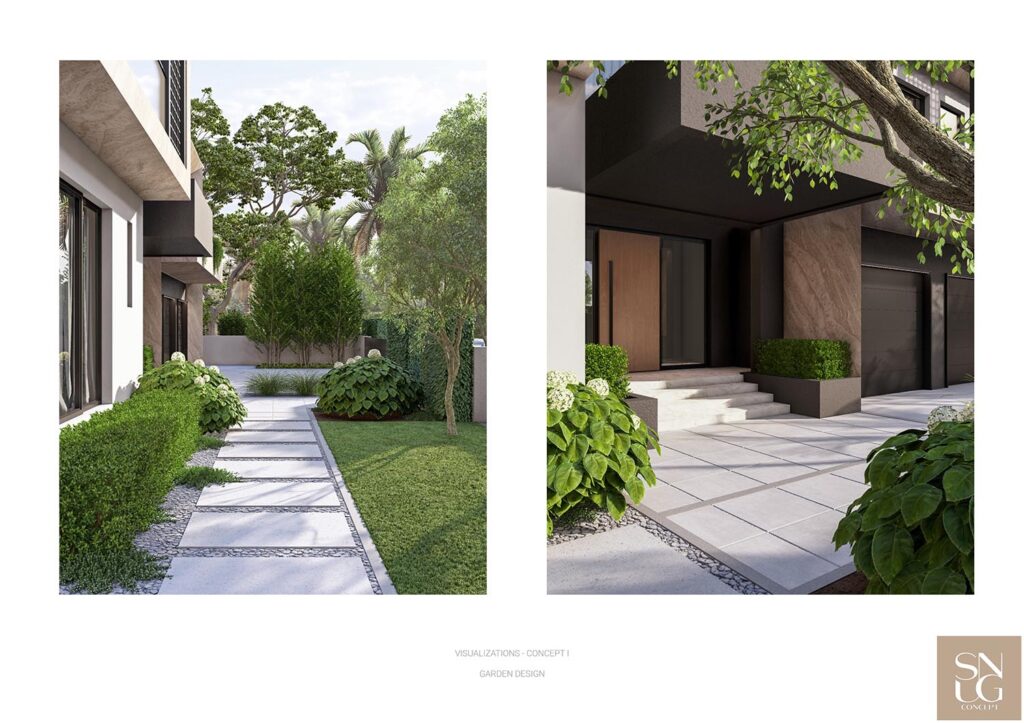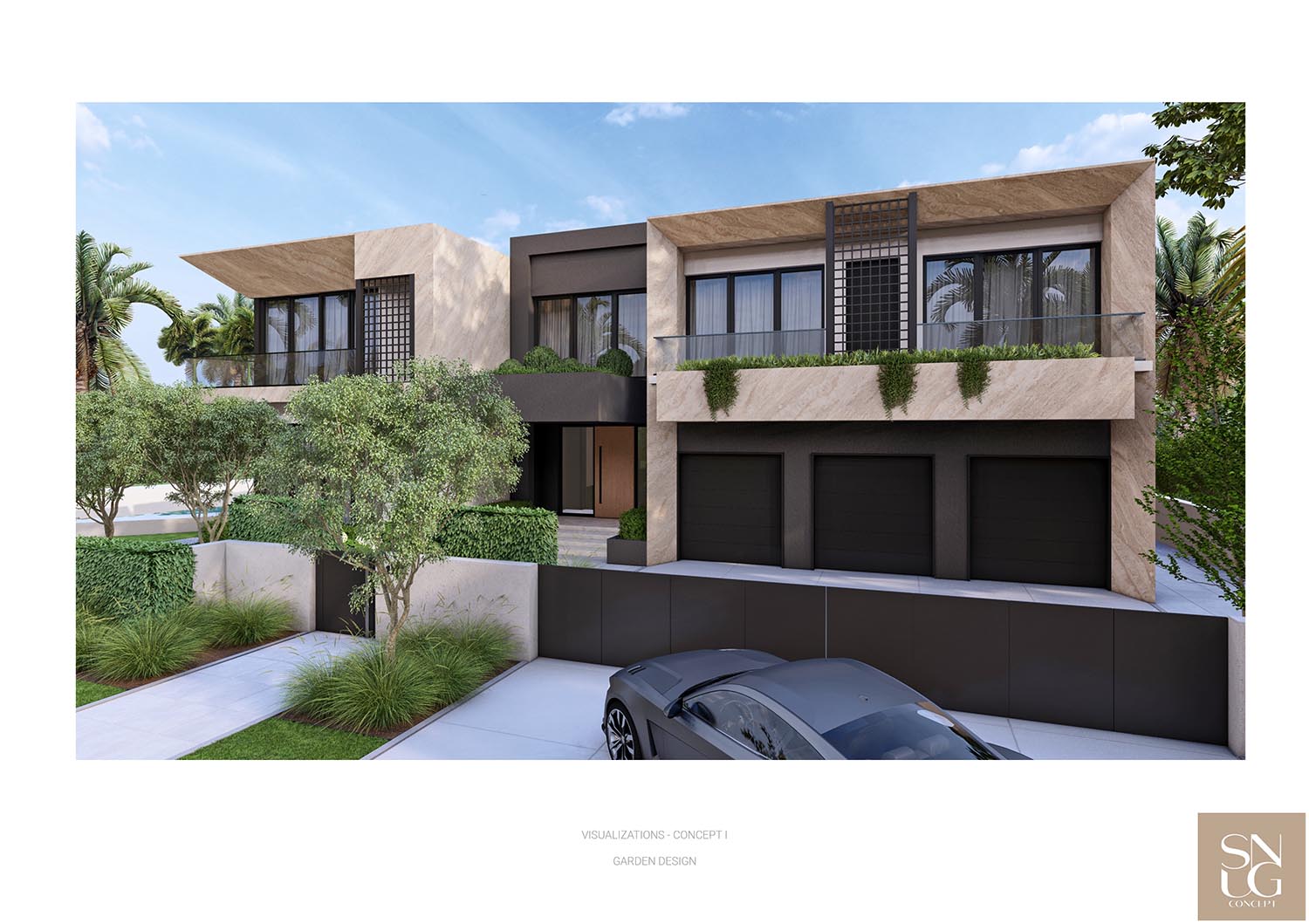Introduction
Home construction and remodeling are significant investments that require careful planning, budgeting, and execution. Whether you’re building a new home from the ground up or upgrading your existing space, understanding the key aspects of the process can help ensure a successful project. From choosing the right contractors to selecting quality materials, this guide covers everything you need to know about home construction and remodeling.
Understanding Home Construction
Planning and Design
The first step in home construction is the planning and design phase. This involves working with architects, designers, and contractors to create a blueprint that aligns with your vision and budget. Important considerations include:
- Site Selection – Choosing the right location based on accessibility, infrastructure, and zoning regulations.
- Home Layout – Determining the number of rooms, bathrooms, and overall structure.
- Building Permits – Obtaining necessary approvals from local authorities.

Selecting a Contractor
Hiring a certified and experienced contractor is crucial to ensuring the quality and safety of your home construction. When selecting a contractor, consider:
- Licensing and Certification – Always verify their credentials.
- Portfolio and Experience – Review past projects.
- Customer Reviews – Check testimonials and references.
- Written Contracts – Ensure clear agreements on project timelines and costs.
Construction Construction and Remodeling Phases
Home construction typically involves several stages, including:
- Site Preparation and Foundation – Clearing land, laying the foundation, and setting up utilities.
- Framing – Constructing the home’s structural framework.
- Roofing and Exterior Work – Installing roofs, siding, and windows.
- Plumbing and Electrical Installations – Setting up essential systems.
- Interior Work – Flooring, drywall, painting, and cabinetry.
- Final Inspections – Ensuring all elements meet safety and building codes.
Home Remodeling: Enhancing Your Space
Reasons for Remodeling
Home remodeling can enhance both functionality and aesthetics. Common reasons include:
- Increasing Home Value – Upgrades can significantly boost resale value.
- Improving Energy Efficiency – Modern appliances and insulation can lower utility costs.
- Updating Outdated Designs – Refreshing the look of kitchens, bathrooms, and living spaces.
- Adding More Space – Expanding living areas, basements, or outdoor patios.
Popular Remodeling Projects
Kitchen Remodeling
The kitchen is often considered the heart of the home, and remodeling it can greatly improve functionality and aesthetics. Key upgrades include:
- Installing modern countertops and cabinets.
- Upgrading appliances for energy efficiency.
- Enhancing lighting and ventilation.
Bathroom Remodeling
A well-designed bathroom adds comfort and luxury to a home. Popular renovations include:
- Replacing old fixtures with modern designs.
- Installing walk-in showers or bathtubs.
- Upgrading tiles and vanity units.

Basement and Attic Conversions
Unused basements and attics can be converted into functional living spaces such as:
- Home offices or study rooms.
- Entertainment and game rooms.
- Additional bedrooms or rental units.
Outdoor and Exterior Improvements
Enhancing your home’s curb appeal and outdoor space can make a significant difference. Common projects include:
- Deck and patio installations.
- Landscaping and garden enhancements.
- Painting and siding replacements.
Hiring a Remodeling Contractor
Just like new home construction, hiring a qualified contractor for remodeling is essential. Key factors to consider include:
- Experience in Specific Remodeling Areas – Some contractors specialize in kitchens, bathrooms, or full-house renovations.
- Transparent Pricing – Avoid hidden costs by requesting detailed estimates.
- Timely Completion – Ensure realistic deadlines are set in the contract.
Budgeting for Home Construction & Remodeling
Estimating Costs
The cost of home construction and remodeling varies based on factors like size, materials, and labor. A well-structured budget should include:
- Material Costs – Flooring, wood, concrete, fixtures, etc.
- Labor Costs – Contractor and worker fees.
- Permits and Inspections – Legal requirements for compliance.
- Emergency Fund – Additional 10-20% for unexpected expenses.
Financing Options
If the project exceeds your available funds, consider financing options such as:
- Home Equity Loans – Using home equity for renovation costs.
- Personal Loans – Unsecured loans for smaller projects.
- Construction Loans – Ideal for ground-up home construction.
- Government Grants and Incentives – Available for energy-efficient upgrades.
Sustainable Home Construction & Remodeling
Eco-Friendly Materials
Sustainability is a growing trend in home construction and remodeling. Using environmentally friendly materials can reduce your home’s carbon footprint. Popular choices include:
- Bamboo and Reclaimed Wood – Sustainable flooring and furniture materials.
- Recycled Glass and Metal – Used in countertops and fixtures.
- Low-VOC Paints – Reducing harmful emissions in indoor air.
Energy-Efficient Upgrades
Improving energy efficiency can lower utility costs while benefiting the environment. Consider:
- Solar Panels – Harnessing renewable energy.
- Smart Thermostats – Optimizing heating and cooling systems.
- LED Lighting – Reducing electricity consumption.
- High-Efficiency Windows and Doors – Improving insulation and reducing energy loss.
Water Conservation Features
Modern homes incorporate water-saving technologies such as:
- Low-Flow Toilets and Faucets – Reducing water usage.
- Rainwater Harvesting Systems – Collecting and reusing water.
- Drought-Resistant Landscaping – Minimizing irrigation needs.
Conclusion
Home construction and remodeling require careful planning, budgeting, and the right professionals to bring your vision to life. Whether building a new home or upgrading an existing one, working with certified contractors, using high-quality materials, and incorporating sustainable practices can lead to a successful and long-lasting investment. By following the right steps, you can create a home that meets your needs, enhances your lifestyle, and increases property value.

